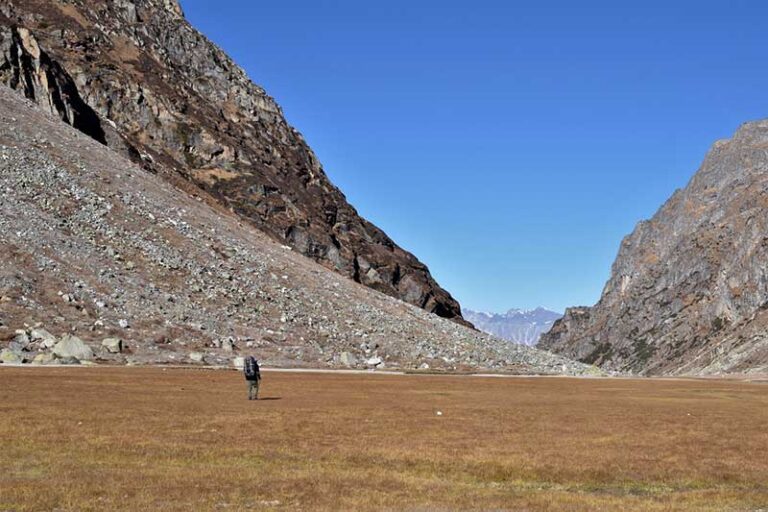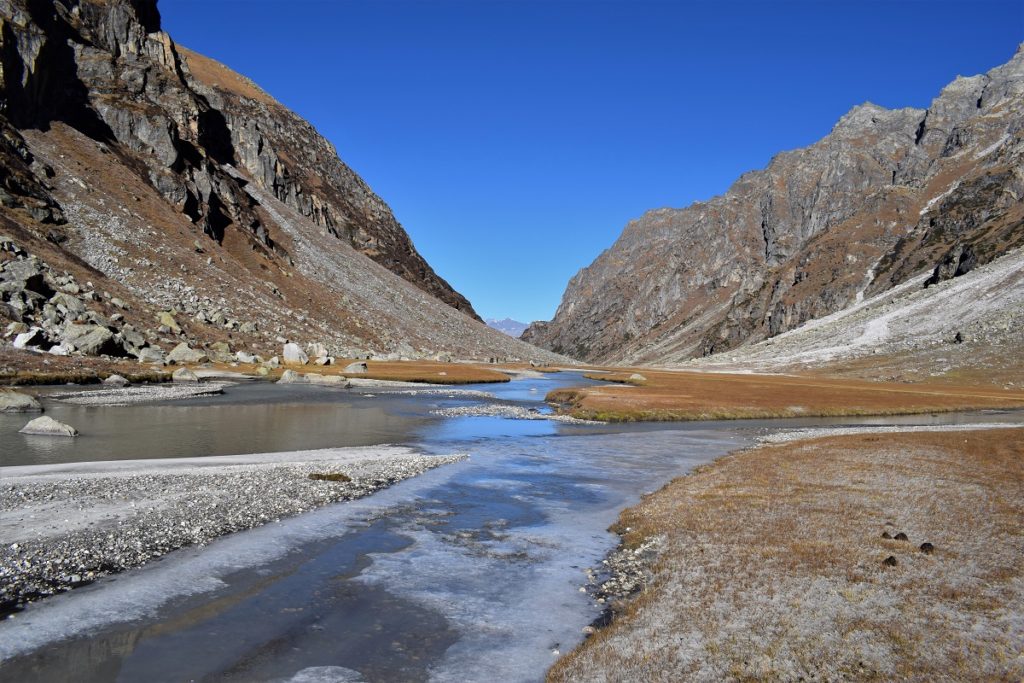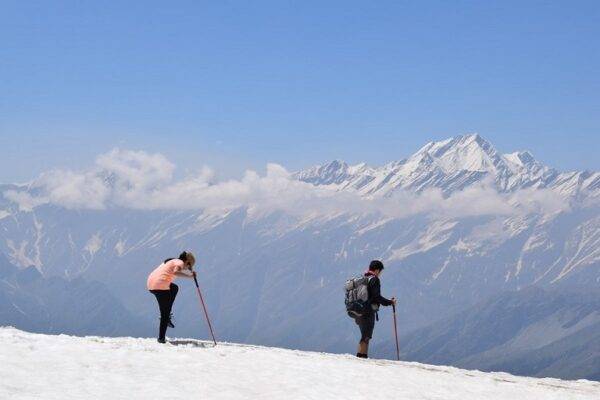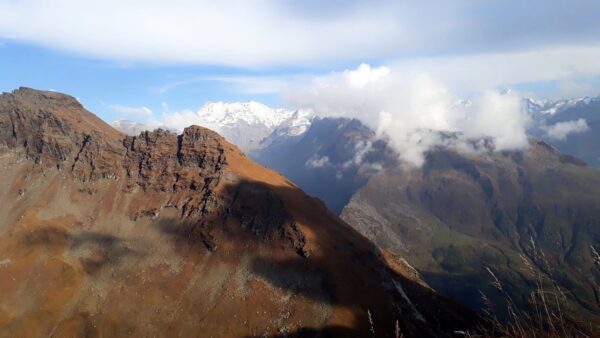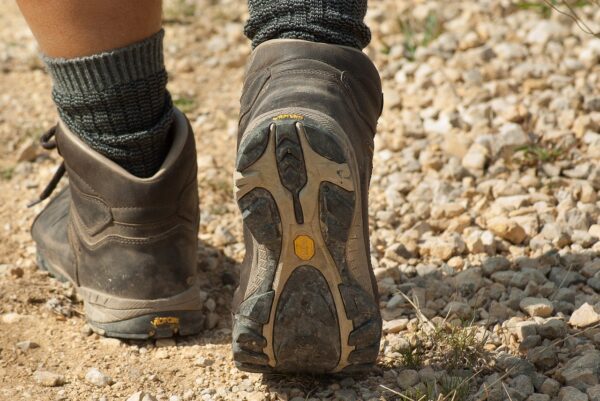Himachal
Trekking
Deo Tibba BASE CAMP Trek: all that you need to know
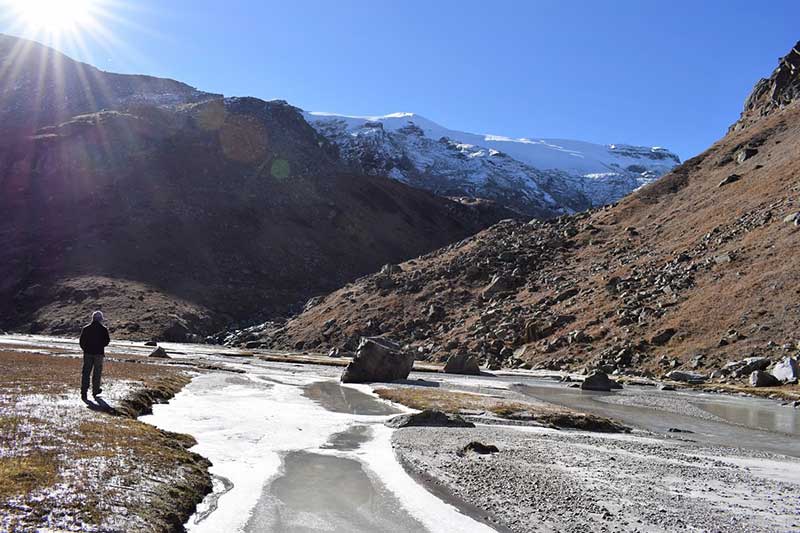
Love trekking and camping? If yes then you better include Deo Tibba trek in your must-do bucket list, if you haven’t done that already.
The trek is absolutely mesmerizing as you get up close and personal with the mighty Himalayas on your way up and when you reach the base the view is totally breathtaking, to say the least.
I did this trek last week with my mountaineer friend and in this article I am going to share some of our experiences plus offer helpful tips to the first-timers. So here I go.
Jagatsukh: The Starting Point
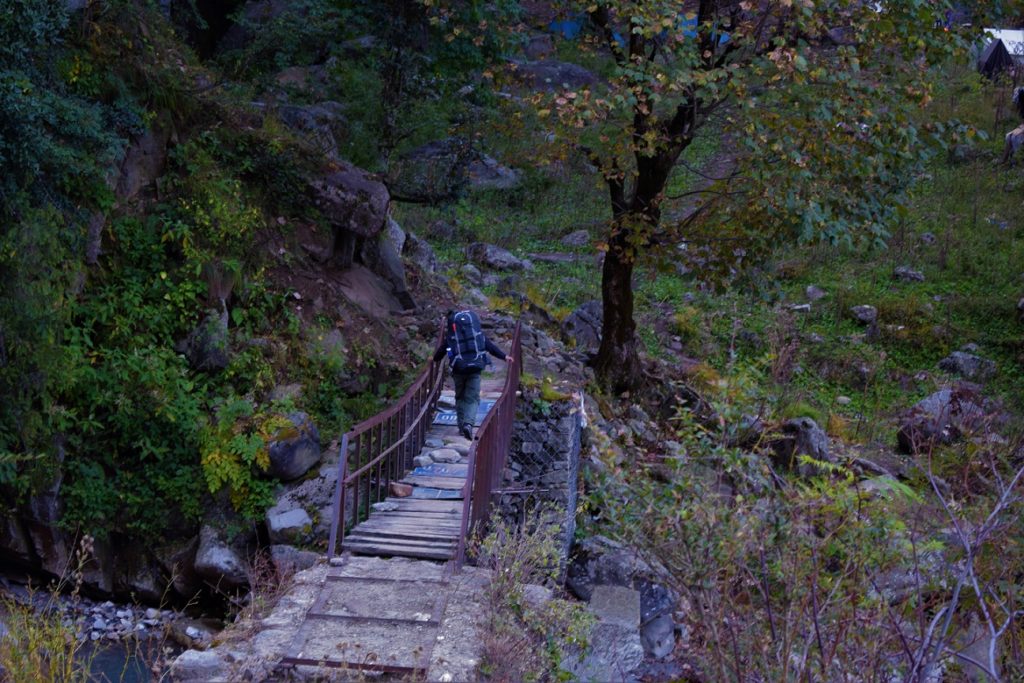
Standing tall at 6,001 meters, Deo Tibba is one of the top three highest peaks in Kullu district of Himachal Pradesh after Parvati Parvat (6,632 meters) and Indrasan (6,220 meters). While technical climbing is required to reach the summit of Deo Tibba, the trek upto its base can be done by all medically-fit people having some prior trekking experience. But first things first. The trek starts from Jagatsukh, a beautiful small village located on the left bank of the river Beas some 7 kms from Manali. No need to worry about your stay as accommodation is available at a number of places along the road from Naggar to Manali including in Jagatsukh. The first day is very important as you have to cover a lot of distance. So you must start as early as possible from Jagatsukh.
Two Ways
If you want to shorten your trek time and distance then you can use the dirt road of a power project company to reach the site of a water dam (some 12 kms from Jagatsukh) built on the “Jagatsukh Nallah” and start your trek from there. But you need to take permission from the office of the district administration in Kullu to use this road. Or you can straightway start your trek from Jagatsukh as we also did by stepping on the original path that criss-crosses through a deodar forest.
Water dam site

The path till the water dam site is mostly steep but the dense forest of Deodars makes the effort worth it. It takes around 4 to 5 hours from Jagatsukh to reach the dam site. If you are tired then you can have your first stay in the forests here, if not, then you can walk on.
At the dam site you change your direction by crossing over a bridge to the other side of the mountain. You trek along the Jagatsukh Nallah for at least another three hours to reach Chhika. The terrain till Chhika is not that difficult as you don’t get too many steep patches.
Chhika
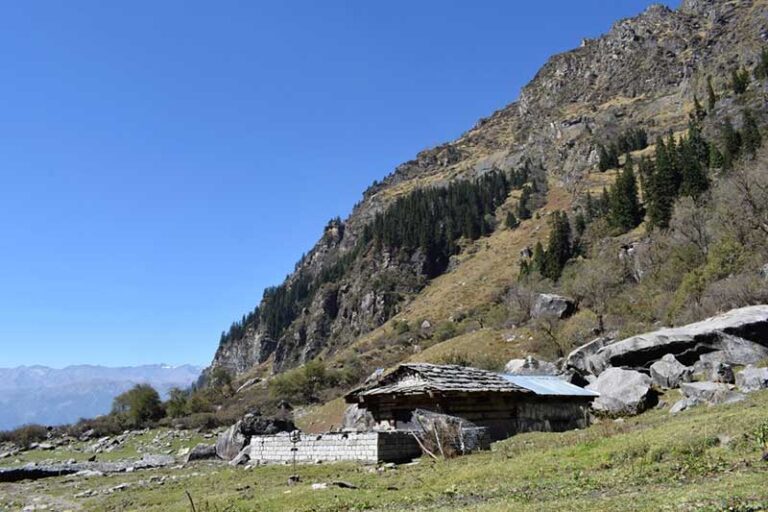
We reached Chhika at around 1 pm and stopped for lunch and some rest here. There is an old Nag temple here which has served as a shelter for many trekkers in bad weather conditions. Most trekkers also prefer to pitch their tents and spend the night here. There were couple of shepherds we met here who told us that they would return to the lower lands in a day or two as weather might change anytime since it being October-end.
Seri
After resting for some time, we started off for Seri. From here till Seri it gets steeper and a little difficult to climb as you gain height. It took us around four hours to reach Seri from Chhika. As we were completely exhausted and the sun was also about to set we decided to spend the night here.
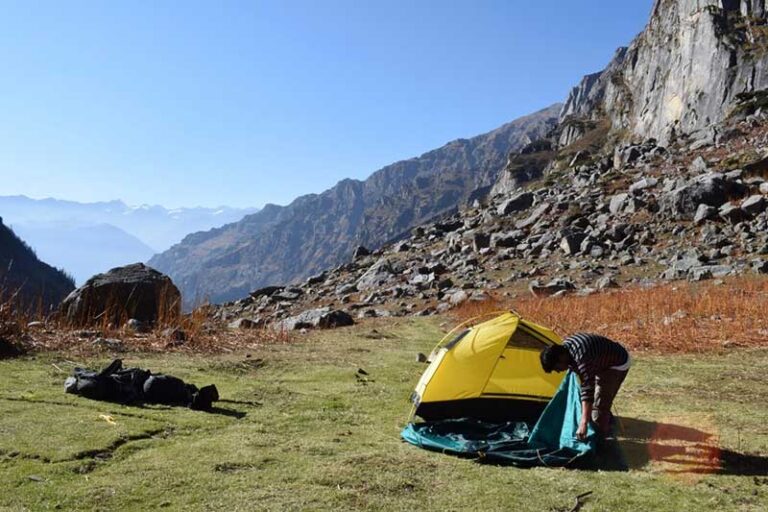
We hurriedly pitched the tent and started searching for the wood, a rare entity at this height of around 3700 meters. We managed to catch hold of some wood left by the passing trekkers and shepherds. As the sun went down, it began to get real cold. We ate our dinner silently in front of a bonfire and an hour later we were tucked inside our sleeping bags. As the temperature dropped further and strong winds started sweeping against our tent, we fell asleep beneath the mighty mountains.
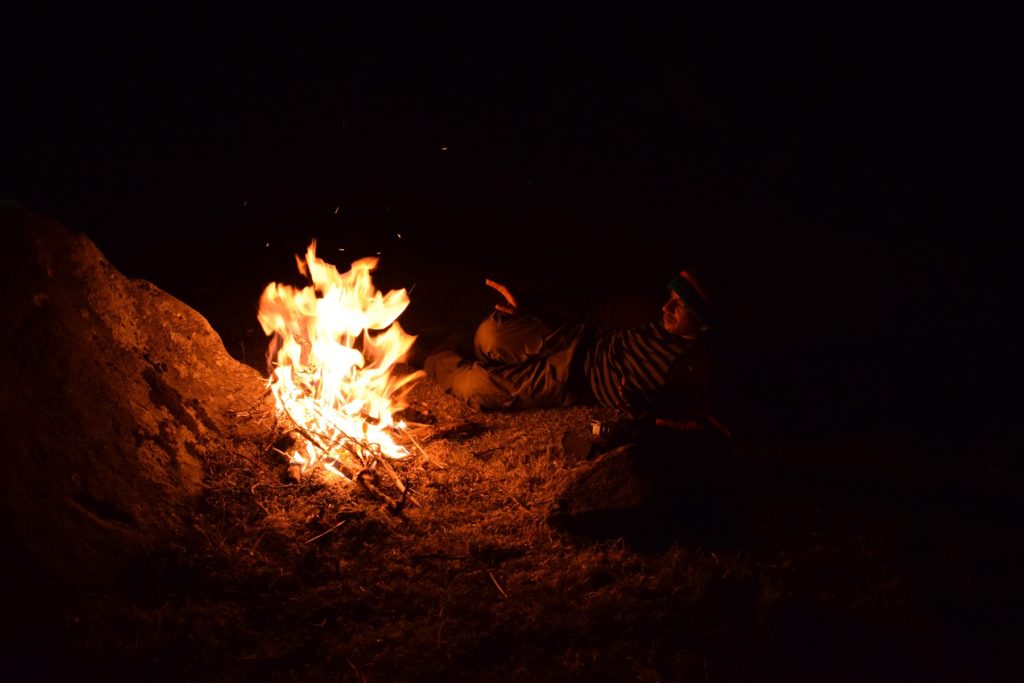
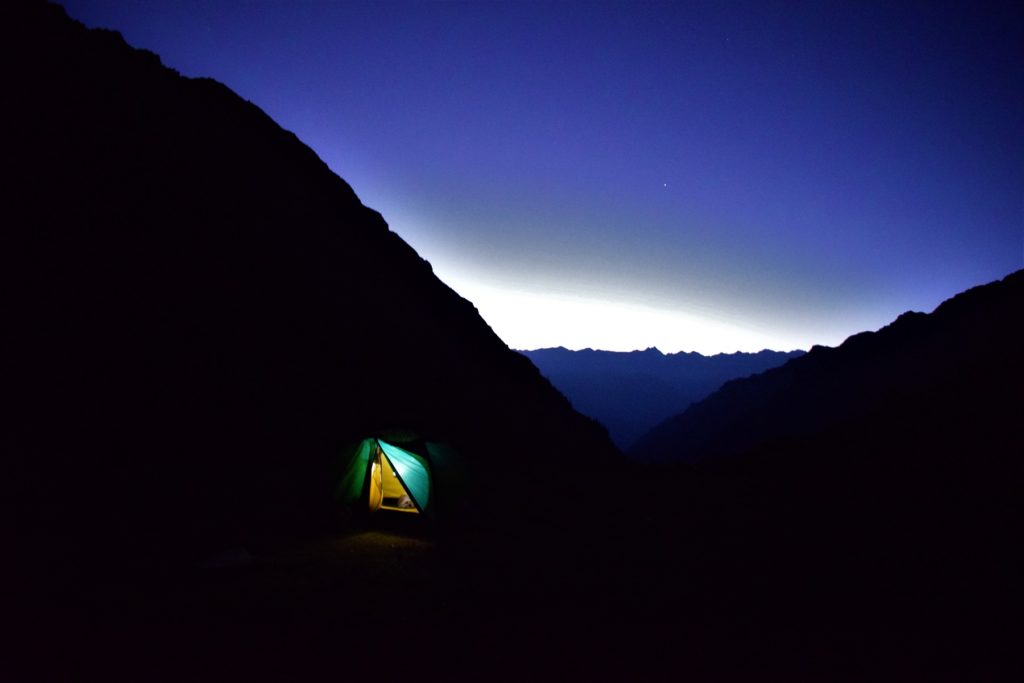
Tenta and Base
Next morning we started early after waking up before dawn. We kept on moving up along the white rivulet and below the mighty mountains as the terrain became quite steep till Tenta. I had never seen so many rocks at one place as we crossed Tenta plateau and moved slowly towards the base. From here we got the first glimpse of the snow-covered mountain peaks in distance as the sun started to appear over them.
Within next half-hour we were at the base of the Deo Tibba. The waters of Jagatsukh Nallah frozen along a brownish patch of land and above them the summit of Deo Tibba mountain welcomed us. Needless to mention, the view was spectacular. I smiled to myself and thought nothing could get better than staying here at least for a day. And it turned out to be one of the best days of my life as we just sat by the frozen glacial waters, did nothing but watched the blue sky, snow-capped Deo Tibba and felt just happy being there.
